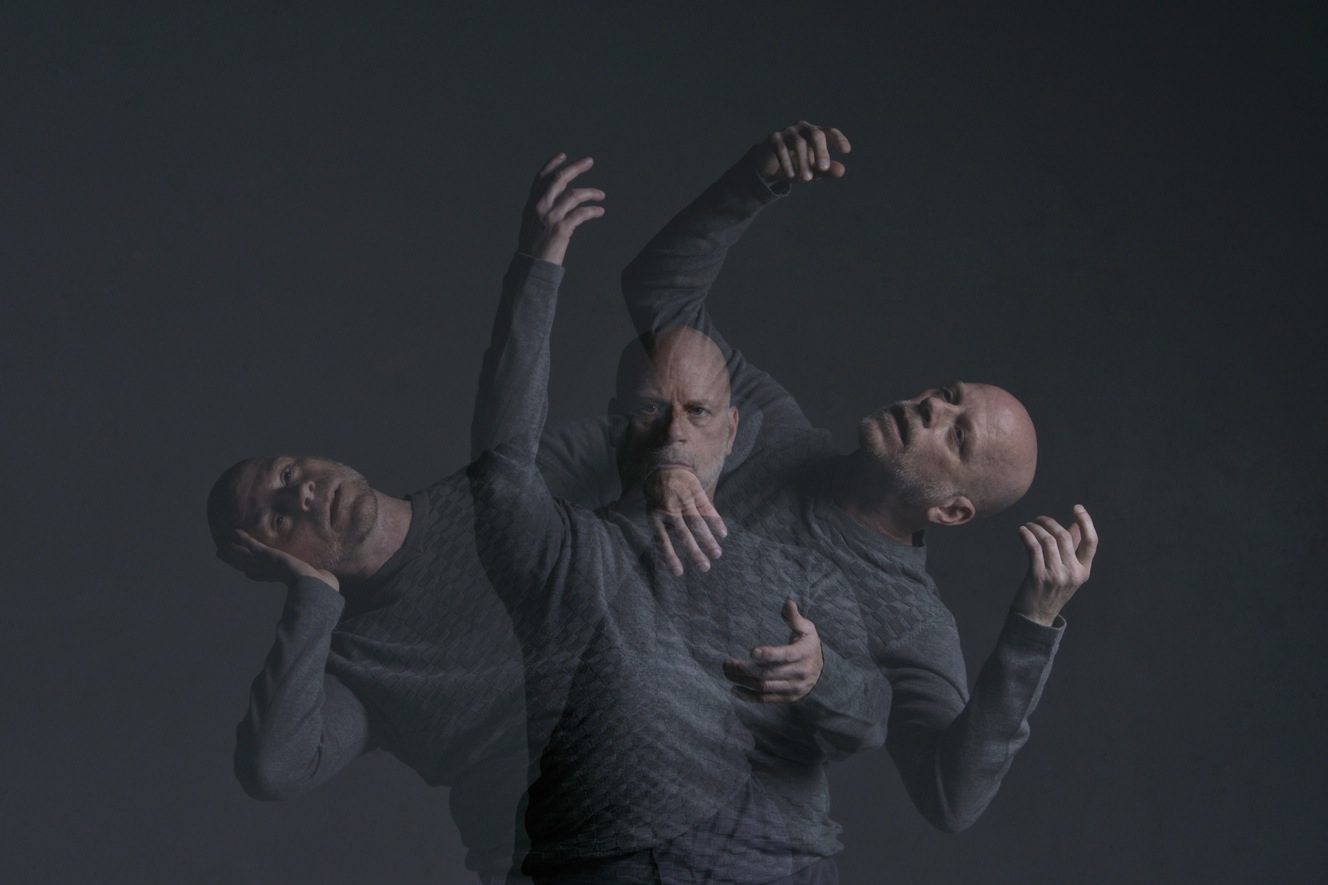
Photo of Joe Laughlin by Michael Slobodian
Vancouver audiences are in for a rare treat: a prolific and highly talented local dancer is about to wow audiences in the world premiere of his solo show.
The performance will be an exploration of the limits and exciting possibility of the body, one that has shifted over time since the beginner of the dancer’s career. Joe: A Solo Show will feature one talented dance artist, three choreographers, and an interwoven display of movement, music, and words.
Joe: A Solo Show (60 minutes) takes place October 18-20, 2018, at the Scotiabank Dance Centre (677 Davie Street). Staged by Joe Ink, the show features the company’s founding Artistic Director Joe Laughlin who will dance three solos, each created especially for him by three choreographers. Voiceovers from the artists will add to the many layers of the show.
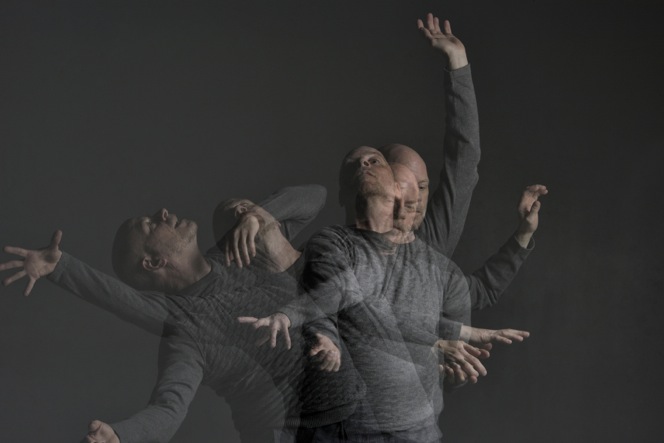
Photo of Joe Laughlin by Michael Slobodian
This performance for Laughlin marks the joy of a full and diverse dance, opera, theatre, and television career. He has received numerous accolades, such as the Canada Council’s Jacqueline Lemieux Prize and the Banff Centre’s Clifford E. Lee Choreography Award, and been involved with many world-renowned groups, such as Johannesburg’s Moving into Dance Mophatong, the Royal Winnipeg Ballet, and the National Arts Centre. His work with Joe Ink has led to thirteen productions, and his community dance program Move It! has furthered his commitment to expanding connection through the medium of dance.
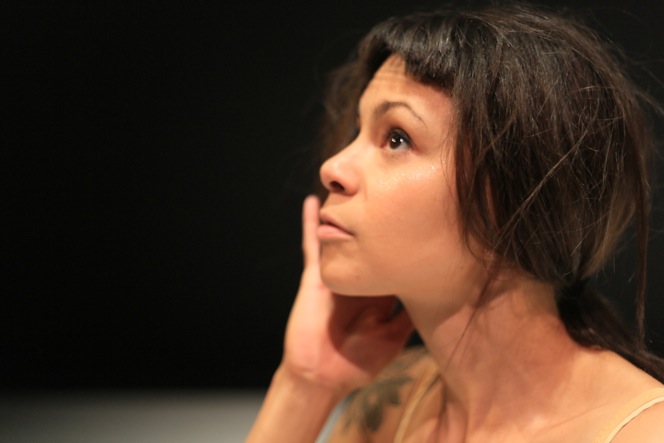
Image of Amber Funk Barton by Christ Barton
In A Solo Show, Laughlin will dance Silas, a solo piece choreographed by Vancouverite Amber Funk from the dance company “the response.” The solo, set to Vitamin String Quartet’s interpretation of music by Arcade Fire, was inspired by John Steinbeck’s East of Eden and explores the link between the labouring body and farmland. The piece shows the importance of hard work and dedication to the wonder of growth and harvest.
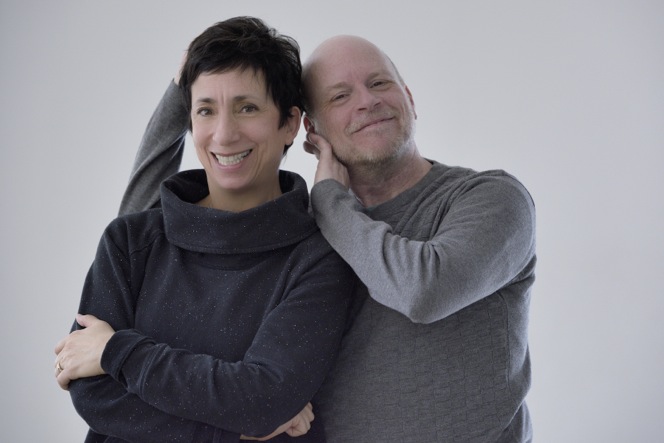
Image of Gioconda Barbuto by Michael Slobodian
With electro-acoustic music by Vancouverite Owen Belton in the background, Laughlin will also dance a number that has emerged from a synergistic collaboration between himself and his good friend Gioconda Barbuto, a dancer and choreographer. The two selected photos from the span of Laughlin’s life and then Barbuto choreographed a dance number that conveys the emotionality, vibrancy, and punctuated energy of Laughlin’s own personal narrative.
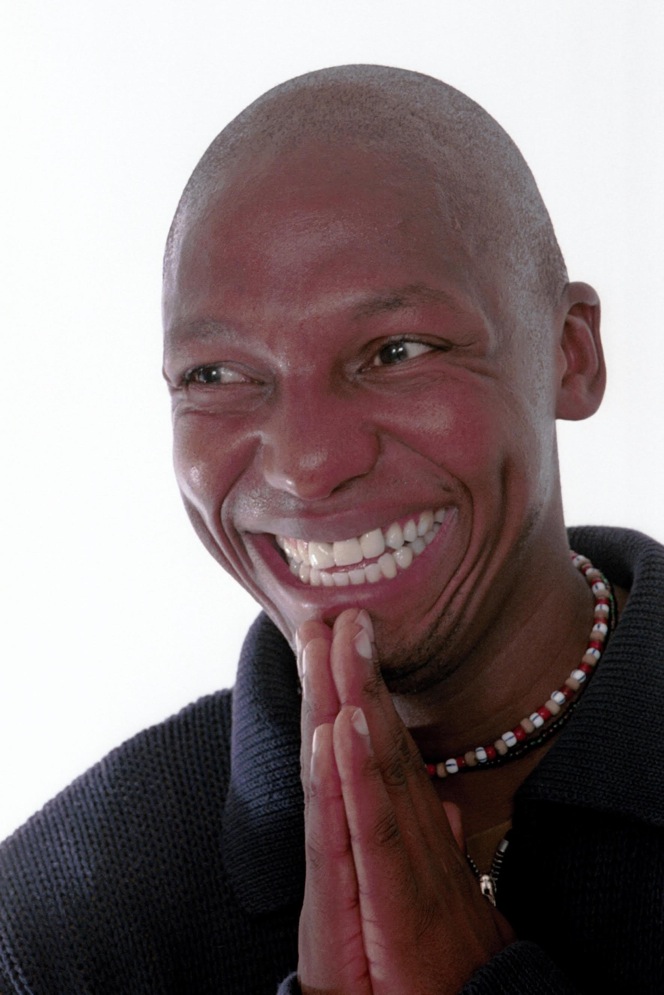
Image of Vincent Mantsoe courtesy of Vincent Mantsoe
Finally, the evening will close with GIYA, the work of South African choreographer Vincent Mantsoe (now currently based in France). The title, which translates as “dance” in EseZulu, represents a dance contact zone, where Zulu female dance movements meet Astor Piazollo’s tango music Oblivion. The result will be an intense celebration of Laughlin’s career, his athletic talent, and the power of dance to bring people and cultures together.
Tickets ($38 for adults, $32 for students/seniors) and further information are available on-line.
Review
Joe: A Solo Show was truly a moving and unexpected hour of movement, words, meditation, and personal empowerment. Joe Laughlin emerged alone on the stage, vulnerable, yet at the same time willing to put his body and his life before the audience in a series of honest explorations of his physical limits and potentials.
What really worked in the production was the overlay of voiceover conversations between Laughlin and the choreographers for each of the three solos. The discussions, ranging from the process of artistic creation to Laughlin’s own self-deprecating humour, gave the pieces a certain aural embodiment, as well as context for the dancing that was to come and was in the process of emerging. The laughter, especially, gave the solo show an element of joy even as it delved into deep thoughtfulness.
Photographs positioned on the left of the stage reminded the audience that this was an autobiographical piece, a consideration of Laughlin’s trajectory and history as a dancer, as well as his current physical state. In one of the voiceovers, Laughlin acknowledges his physical limitations with age and that the choreography will celebrate them, as opposed to seeing them as hindrances to his dancing.
Clearly, Laughlin is a dancer who recognizes that time has passed since the beginning of his career and that his body has changed. On the stage weren’t the extreme physical contortions of a 20-year-old, but, instead, something much more nuanced and, in some ways, more attentive. Laughlin, is, in a sense, reborn in these three solos through an acceptance of where he currently stands and moves. Through the three pieces, Laughlin explores the fruits of a hard-working labouring body, the tracings of a life and its memories, and, ultimately, the connections that dance engenders. The ending with GIYA, in collaboration with South African choreographer Vincent Mantsoe, was especially fitting given its spirited demonstration of the power of music and dance to enact hope, agency, and positive cultural contact and exchange.
















